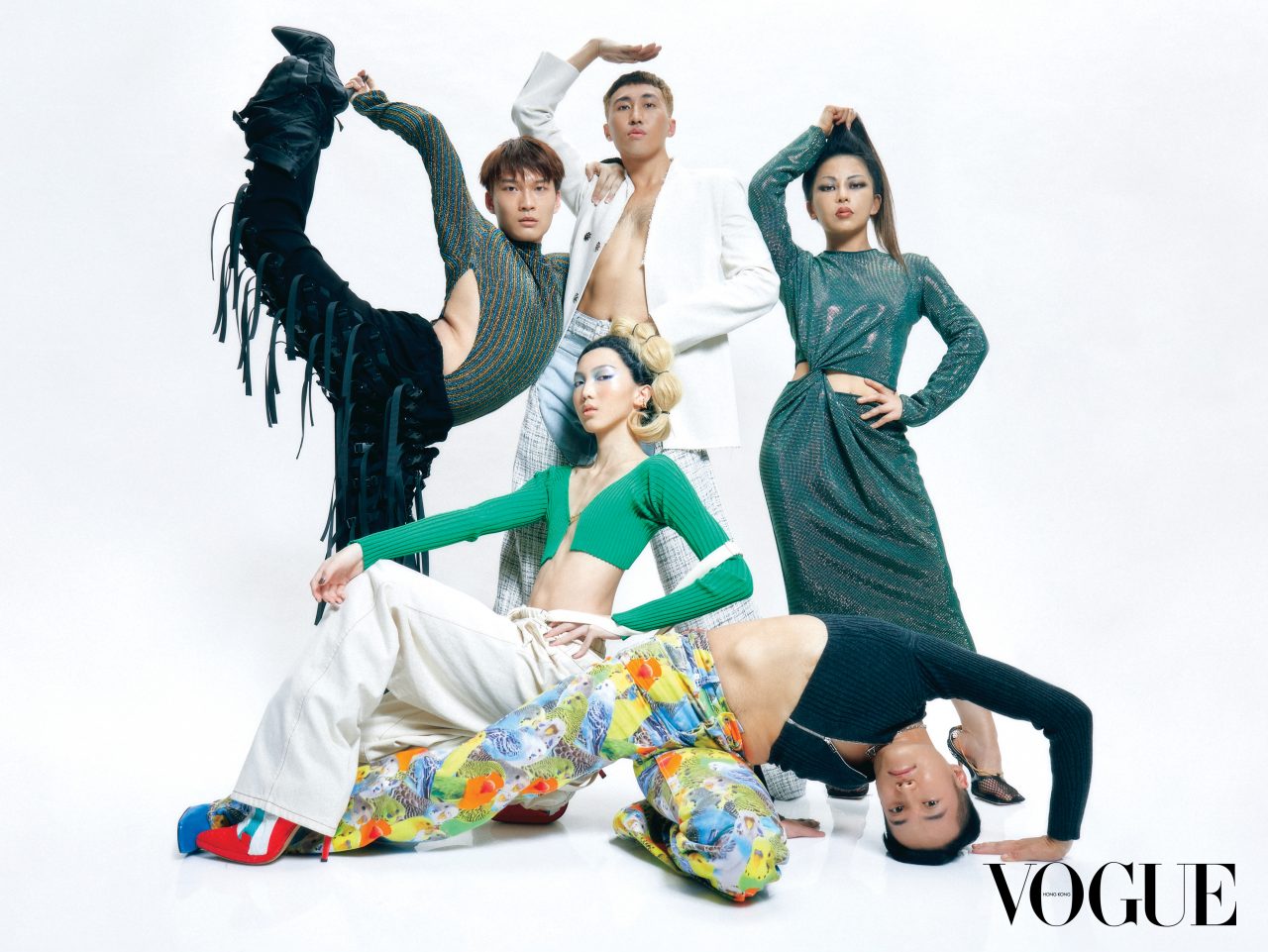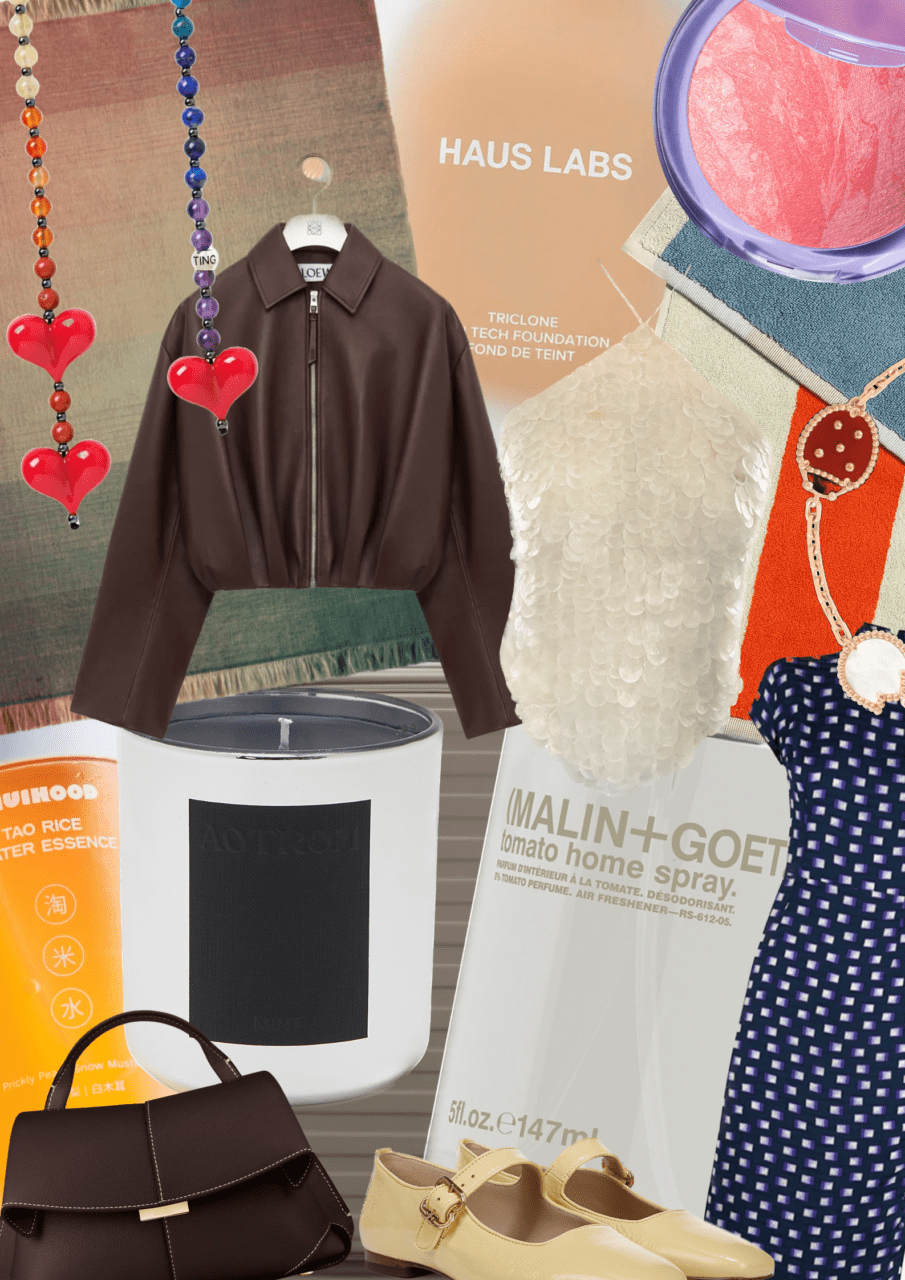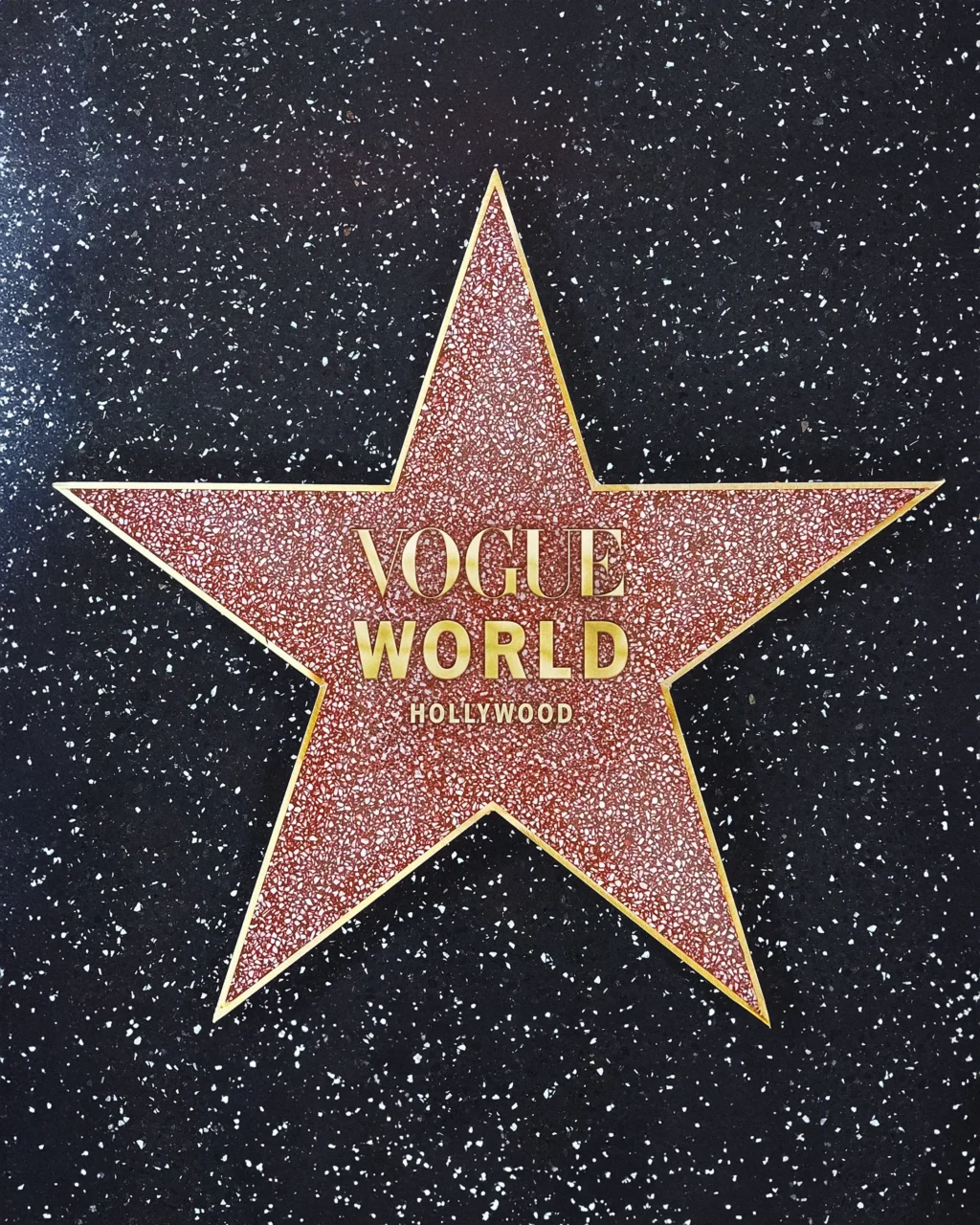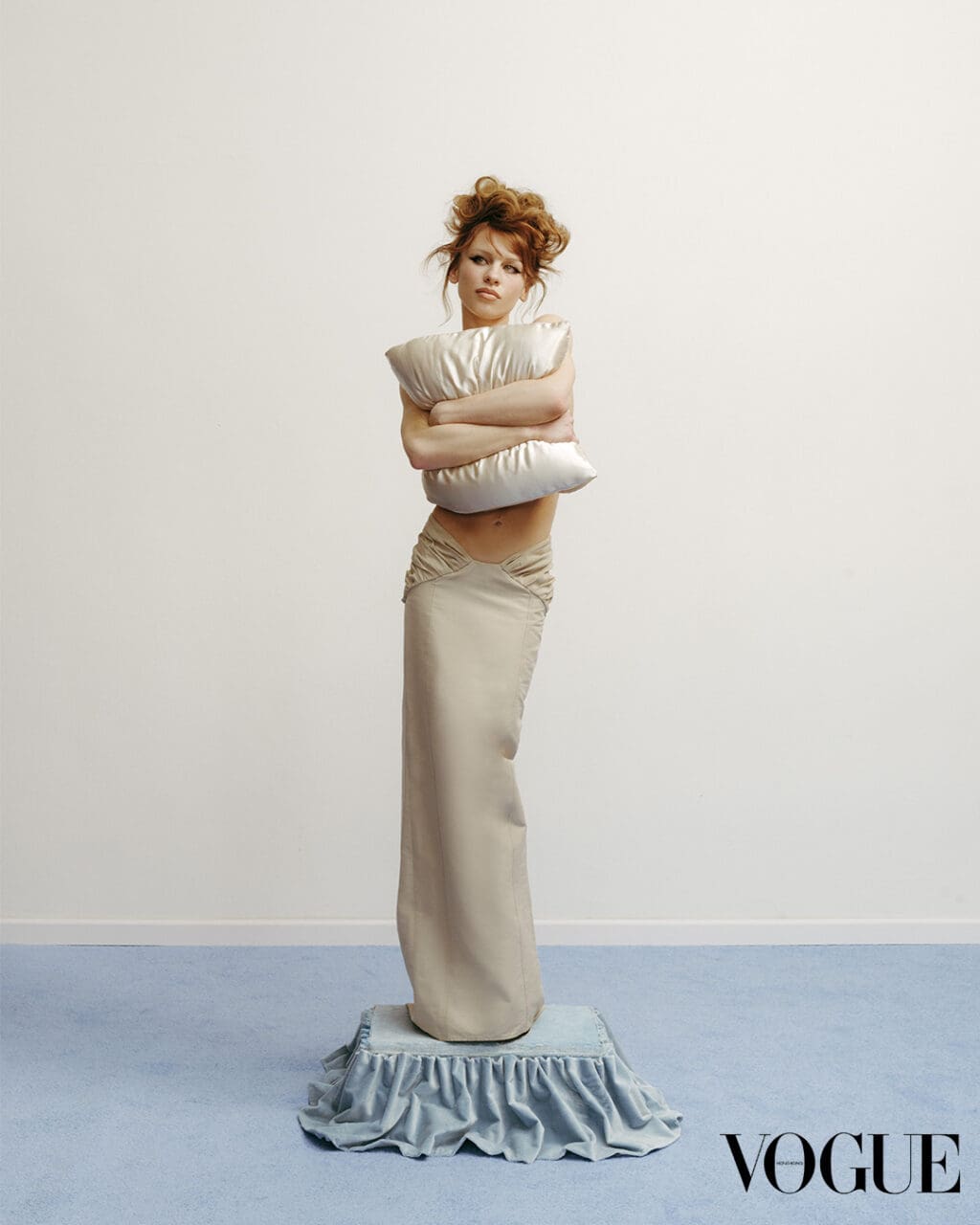In the 1990s, when pop icon Madonna released the music video for her hit single Vogue, she briefly brought this unconventional dance style into the mainstream spotlight. In recent years, the TV series Pose has reignited public fascination with the Voguing dance form and the broader ballroom culture it originates from, helping to propel it onto the global stage once again. In Hong Kong, dancer KenKen Milan has long been passionate about this dance style. Inspired by its resurgence, he founded Voguing Hong Kong to actively promote the local Vogue and Ballroom Dance scene, with the goal of empowering people to express their true selves through this art form.
Voguing and Ballroom Culture can be traced back to the 1970s when it was first seen in the dance halls of Harlem, New York, created by queer African-American and Latino men. At a time when they faced widespread discrimination, these dancers used elaborate outfits, dramatic makeup, and fluid, stylised movements to claim the stage as a space for self-expression and identity affirmation. As KenKen Milan explains, “Voguing is a form of inner self-expression. It’s a way for people to authentically channel their emotions and assert their true selves through the art of dance.” Through Voguing Hong Kong, KenKen aims to carry forward this tradition of using Voguing as a vehicle for marginalised voices to be heard and celebrated.
In 2014, while studying at a university in Taiwan, KenKen first encountered the dance style of Voguing and was immediately captivated by its associated culture. He then travelled to New York, the birthplace of Voguing, to delve deeper into it. Upon returning to Hong Kong, he felt that this art form and Ballroom culture had yet to gain widespread popularity locally, so he decided to start teaching dance classes in this art form.
The most beautiful thing about diversity is that it allows people to be their true selves.
HONGKONG VOGUERS / Voguing Dancers

(From left) On Yiuleung: bodysuit, DEMO. Pants and shoes, all Christian Stone. On Ken Ken: blazer, Loewe. Pants, Demo. On Tobias: cardigan, Jacquemus from Lane Crawford. Pants, Sportmax. Shoes, Christian Stone. On Holie: dress and shoes, all Bottega Veneta. On Zephyrus: cardigan, Miu Miu from Lane Crawford. Pants, Loewe. Shoes, Diesel. Necklace, Vann.
As the title of the TV show Pose suggests, Voguing allows for a boundless range of gestures and poses – from chic, elegant, wild or restrained. But what unifies these expressions is the confidence exuded by the dancers in their every movement. It’s more than just a dance style; it’s an attitude. KenKen describes his Voguing style as falling somewhere between graceful and soft. But for him, Voguing represents so much more than just dance technique, as he credits it to profoundly shaping his values and worldview. As he puts it, “Voguing is my life. It has changed me immensely. Beyond just learning the performance aspects, it has taught me invaluable life lessons.”
For the LGBTQI+ community, Voguing and Ballroom culture serve an even deeper purpose – providing a sense of home and family. Historically, gay men faced rampant discrimination and were often cast out from their own families due to their race and sexuality. These individuals turned to one another, forming “Houses” where members regarded each other as extended family, finding the confidence and acceptance they were denied elsewhere. Members take great pride in their house affiliations, incorporating the family name into their own, as seen in KenKen’s identity as part of the House of Milan.
KenKen, like many in the LGBTQI+ community, has faced societal stigma and prejudice. Fortunately, the art of Voguing has allowed him to reconnect with his true self. He reflects, “In the past, I was afraid to be my authentic self due to social biases, and even had thoughts of just going along with the crowd when I realised I was different.” However, discovering Voguing was a turning point. “Vogue dancing is like a lifeline for me – it gives me the conviction to be myself fully, to accept who I am, and to live a more fulfilling life.”
KenKen believes the beauty of diversity is that “it allows people to be their true selves.” While the original Voguing and ballroom culture arose as a means for the marginalised to express themselves in underground settings due to lack of acceptance, KenKen hopes that one day, every Voguer and LGBTQI+ individual will no longer need to hide in the shadows. Instead, they can hold their heads high, put aside all worries, and live as their true, radiant selves.
Photography: Oscar Chik
Styling: Katherine Ho
Makeup Artists: Heisan Hung, Vanessa Wong & Cathy Zhang
Hair Stylist: Kristy Cheng
Gaffer: Gloria Tang
Fashion Assistants: Foxla Chiu & Pianca Ngan
Translation by Zi Ying Ong
Editor
Kyle TangCredit
Lead Image: Oscar Chik via Vogue Hong Kong





